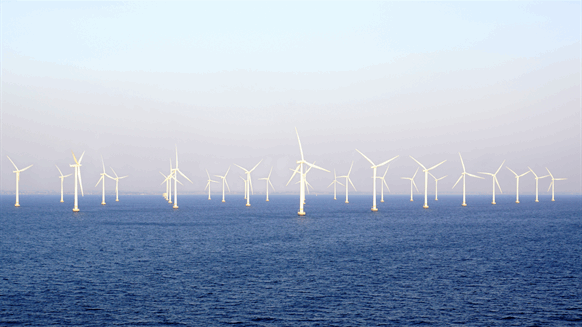CNOOC Limited has connected the Wenchang Deepwater Floating Wind Demonstration Project to the grid. As the connection was completed at the end of last month, the project will now be able to start supplying power to the grid.
The demonstration project is located near the Wenchang oil fields in the western South China Sea, 136 kilometers (84.5 miles) offshore in a water depth of 120 meters (390 feet ).
It is the world’s first “double hundred” semi-submersible deepwater floating wind project serving a water depth of more than 100 meters (330 feet) and an offshore distance of more than 100 kilometers (62 miles). , CNOOC said in its statement. .
The project’s main production facility, Haiyou Guanlan, is China’s first deepwater floating wind power platform to supply power to an offshore oil field “under the most challenging ocean conditions,” it said. highlight CNOOC. With an installed power of 7.25 MW, the platform can produce up to 22 million kWh of electricity, equivalent to saving nearly 10 million cubic meters of natural gas and reducing carbon dioxide emissions by 22,000 tons yearly CNOOC Limited has a 100 percent stake in the demonstration project.
“The successful commissioning of ‘Haiyou Guanlan’ demonstrates CNOOC Limited’s latest achievement in integrated offshore oil field development and new energy business. The company has made the most of our intrinsic comparative advantages and China’s leading wind power technologies. It also marks an important step forward for the company to tap offshore green energy resources,” said Wang Dongjin, the company’s president.
As a reminder, Haiyou Guanlan, China’s first deepwater floating wind power platform that CNOOC invested in and built, sailed from Zhuhai to Hainan at the end of March. Also, earlier this month, CNOOC commissioned China’s first offshore CCS demonstration project.
The CCS project is an ancillary part of the development of the Enping 15-1 oil fields. The Enping 15-1 oil field is located in the Pearl River Estuary Basin, about 190 kilometers (118 mi) southwest of Hong Kong, with an average water depth of approximately 80 meters (260 ft ) and has a high carbon dioxide content.
To contact the author, please email andreson.n.paul@gmail.com


